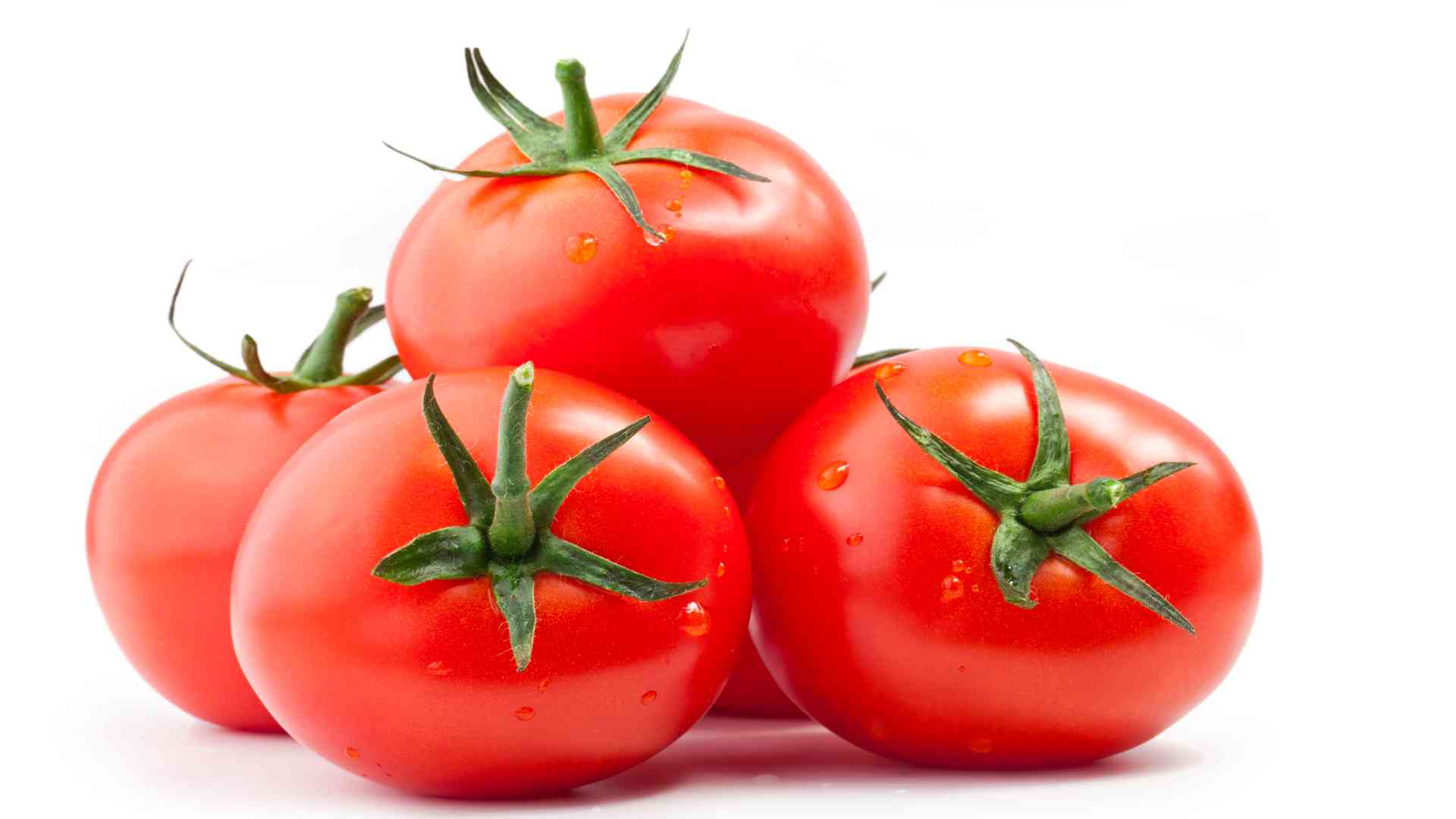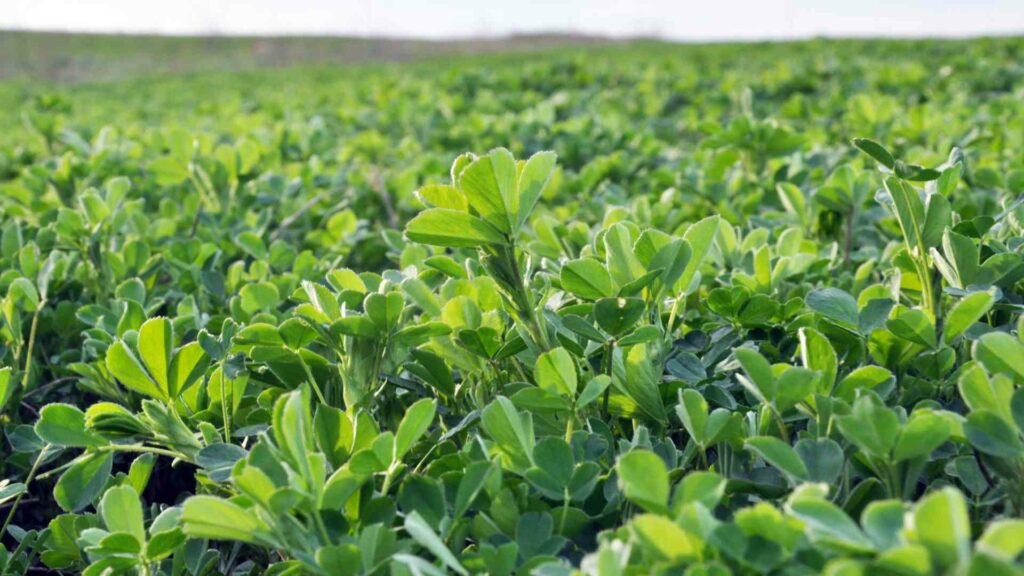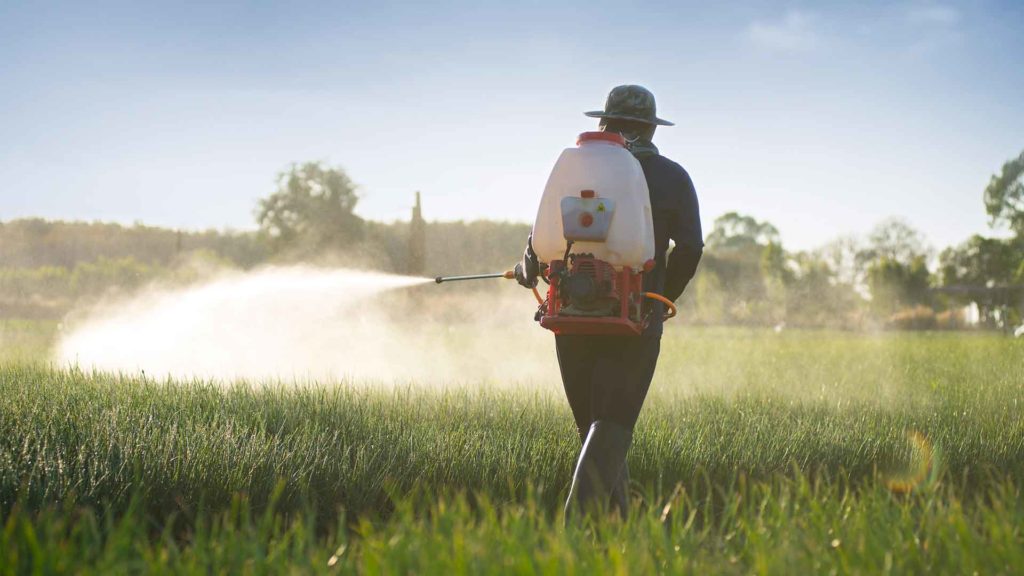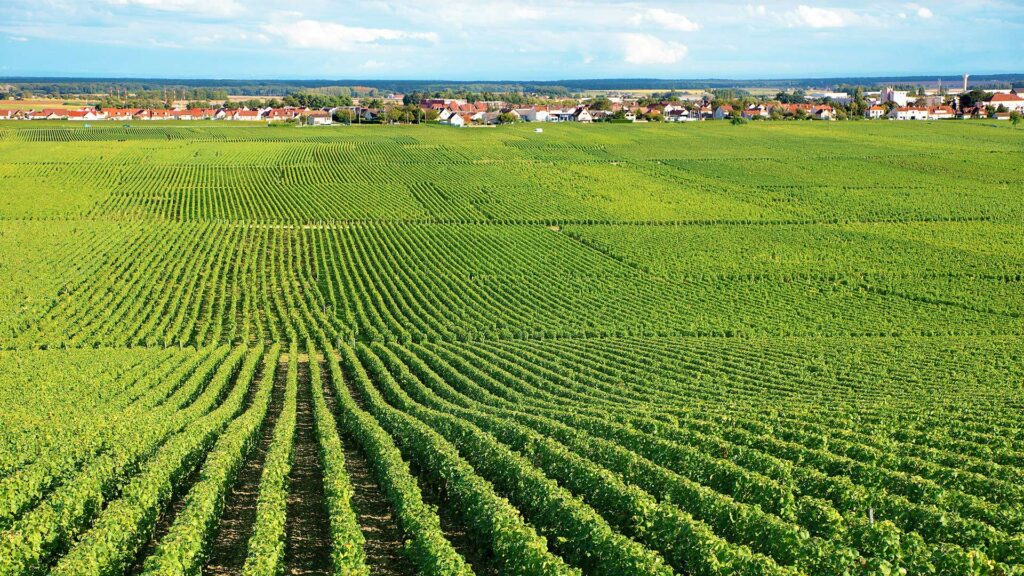Boron The Mineral that Keeps Tomato Plants Healthy
Tomato plants (Lycopersicum esculentum) require boron for proper growth and development. Boron is a micronutrient that helps with cell wall formation, calcium uptake, and meristematic activity. While many other fruits and vegetables also need this mineral, tomatoes are especially susceptible to boron deficiency and will show symptoms sooner than other plants.

Tomato plants
Signs of Boron Deficiency in Tomato Plants
Boron-deficient tomatoes may exhibit several symptoms, including
- Terminal chlorosis (yellowing of the leaves).
- Older leaves become yellowish green.
- The younger leaves become small and deformed and are curled inwards.
- In severe cases, the growing points die, and the young leaves become grossly distorted.
- The stems usually get thick and short.
- Fruit failure is common; the fruit may be ridged, have corky patches, and ripen irregularly.
Causes of Boron Deficiency
Boron deficiency is a common problem in agriculture, particularly in sandy soils. It can be made worse by alkaline soils, low organic matter content, high nitrogen levels, high calcium levels, cold and wet weather, and drought periods.
Role of Boron in Tomato Plants
Boron plays a vital role in meristem development, pollen germination, and the metabolism of carbohydrates. It is also involved in the nucleic acid synthesis and calcium transfer. Boron has been shown to enhance sugar degree and increase sugar production.
Boron and Nitrogen, Calcium, Potassium Uptake
A recent study in the United States showed that plants’ nitrogen, calcium, and potassium uptake was reduced when boron was deficient. This further led to stunted growth and poor plant health.
1. Boron and Yield
Boron plays a significant role in pollen germination and fruit set, so boron nutrition impacts yield.
2. Boron and Fruit Number
Pre-flowering solutions ensure proper fruit set and total yield. Furthermore, while boron is quickly absorbed from the soil, it is immobile in plants, so foliar sprays are more effective.
3. Boron and Fruit Weight
Boron nutrition increases yield not only in terms of fruit number but also in terms of fruit weight.
4. Boron, Calcium, and Russet
Boron and calcium deficiency in tomato plants enhances the chances of russeting.
5. Boron and Tomato Storage Life
Boron positively affects the fruit’s cracking and shelf life. The fruit shoulder loses more water and is more vulnerable to pathogen attack if it has cracks.
General Boron Application Guidelines
Boron is an essential nutrient for tomato plants, but too much or too little can cause plant problems. Boron deficiency inhibits root growth and disturbs cell membranes, directly affecting the plant’s uptake mechanism. Excess boron, on the other hand, can obstruct calcium transport, so proper application rates must be followed. Boron builds up along the leaf margins to transform them into black. At particularly high boron levels, root death occurs. Leaching can help to improve soils with high levels of boron.
| Tomato Growth Stages | Result of Boron Application |
|---|---|
| Establishment | Ensures good shoot growth |
| Vegetative growth | Ensures growth is not limiting |
| Flowering - fruit set | Maximizes flower set and fruit development |
| Fruit ripening - maturity | Ensures even ripening |
How do Tomato Plants Absorb and Transport Boron?
Boron plays a vital role in the development of fruits and flowers. However, the uptake and transport of boron from the soil to foliage is a two-stage process controlled by transporter proteins. Some tomato varieties are superior at this to others, which means that the movement of boron is always from the soil to the foliage and not to the growing fruits and flowers. It also implies that increasing boron in the soil does not directly increase the rate of transportation to leaves.
Once the tomato plants can transport boron from leaves to flowers and fruits, boron moves through the phloem with carbohydrates. Not only does the amount of boron in the leaves affect fruit development, but so does the plant’s ability to link it to carbohydrates and transfer it through the phloem. Boosting this process boosts the growth of tomato plants.
However, applying foliar boron alone will not improve the process. Using too much boron can cause toxicity. It is preferable to use smaller quantities more efficiently.
There are three parameters that improve the boron movement and the carbohydrates translocation from foliage to tomato fruit:
Appropriate Boron Levels: While adequate boron levels in the soil are required for plant growth, too much boron can cause overdose and leaching. Leaf tissue tests only tell about the chronic deficiency (about what is occurring in the leaf), not local deficiency (caused by transport).
Fast Photosynthesis: Photosynthesis is vital as it produces the carbohydrates that transport boron to the developing fruit. Boron is used in this process, and the results are far better when photosynthetic yield is high.
Quick Metabolism: Metabolism is the key to unlocking the potential of boron fertilizers. If the plants can speedily introduce boron into the intermediates used to transport it to fruit, the flow will be faster, and the results will be better.
Conclusion
Boron is typically applied to the soil before planting, but it can also be applied through foliar sprays or as a drench. Boron foliar sprays can prevent plant stunting, which results in low growth, delayed flowering and fruit rise, fruit physiological disorders, and, ultimately, low tomato productivity.





